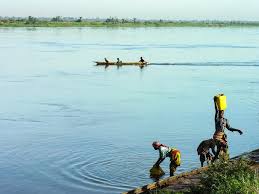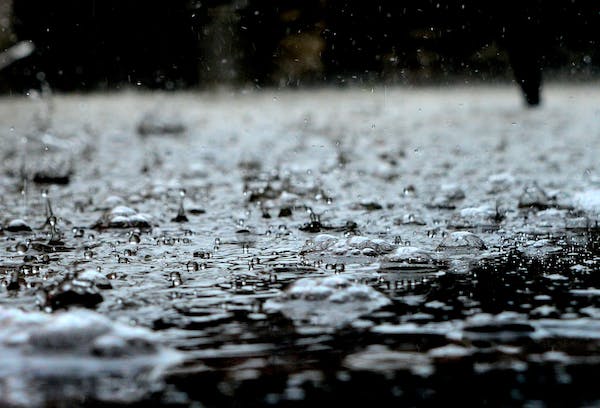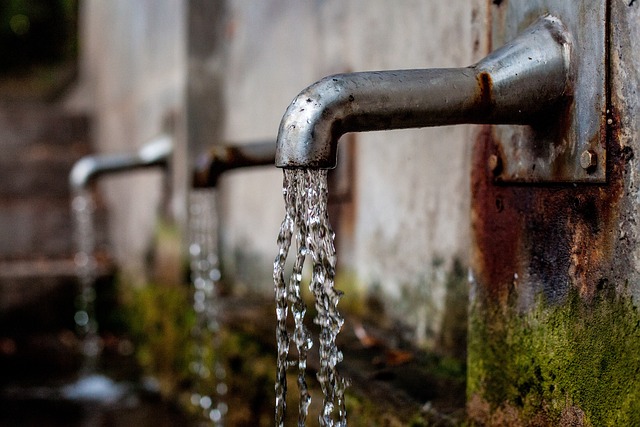By Joanna Jaiyeola
Have you ever wondered why there is no water in rural communities? Maybe it’s obvious, lack of proper infrastructure, poor electricity, poverty, no jobs, a below-par government, and many more.
Table of Contents
Why is water important in our community

Water remains the most important and nutritious liquid on earth. It caters to a lot of needs both personal and corporate, you name it. Imagine the shared struggle against water scarcity, a challenge exacerbated by unreliable electricity.
If you’ve ever pondered the reasons behind the lack of water in rural communities, you’re not alone. From inadequate infrastructure to impoverished conditions, the obstacles are numerous. Yet, water is important in our communities.
Could it be that you have constantly struggled with water scarcity in your community or house? I understand it could be tiring and frustrating and that’s why I have put down 5 proven ways you can invest in the conservation of water in your house and community. These aren’t just solutions; they’re keys to transforming your community’s water narrative.
Ways of conserving water
1. Rainwater Harvesting
The Rain, is a natural gift from the sky, According to previous research this type of water may not be suitable for drinking however it can be used for other household needs, like washing and flushing toilets for other household needs. These systems can be installed in strategic places and in each household to enable water collection and storage.

Initiating rainwater collection systems involves selecting strategic locations within the community and individual homes for the installation of catchment systems. These can range from simple rain bowls to more gutter systems that direct rainwater to storage tanks. Beyond using this rainwater for flushing toilets, washing, and others, you could explore innovative ways to utilize harvested rainwater. Consider implementing irrigation systems for community gardens or supporting local agricultural initiatives. This not only conserves water but also contributes to community development. This process helps to combat the lack of water in rural communities.
2. Invest in Water Infrastructures

Water infrastructures include facilities like storage tanks, boreholes, water distribution networks, and water storage facilities. Rural communities can invest in these water infrastructures with contributions and support from government and NGOs, to make water readily available for their people, This can come in handy in times of drought or in situations where there is either an artificial scarcity of water or a natural scarcity.
Robust storage facilities enhance the capacity to store water in abundance where there is electricity, implementing facilities in your community, such as water pumping technologies that draw water from boreholes can be implemented too in line with distribution networks. this helps to improve the amount of available water in rural communities.
Invest in Water Infrastructure (2)
Boreholes, when properly maintained, can serve as reliable water sources. Investing in advanced drilling technologies can also ensure access to clean and abundant water. Additionally, incorporating pumping systems enhances the sustainability of water too. Investing in these infrastructures lays the foundation for long-term water sustainability,
Thereby not only addressing immediate water needs. This helps your community gain reliable access to water constantly, and with these, our communities develop and improve gradually.
3. Greywater Recycling
Most of the water we use every day in washing can be converted for other uses instead of outright throwing away. This presents another top sustainable water practice. You must be thinking of greywater, what do greywater and recycling have to do with conserving water? Don’t think too far, that is why we are here.
This is using previously used water for other purposes to reduce the demand for fresh water. This could be installing filters to redirect greywater from washing machines, Showers, and sinks to designated storage or distribution points. There is a need to collaborate with local authorities and NGOs to achieve all of these. There is also a need to establish guidelines to ensure that the recycled water meets safety standards and does not pose health risks.
4. Regularly Repair Water Leaks

This conservation method has been constantly overlooked in our communities, thereby it is a very important part of saving water. As a community member who is passionate about constant water availability in your community or house, you could immediately report any information about water leakage to the appropriate authorities.
As little as it may sound tons of buckets of water could be wasted as a result of this. Leakages in the community should therefore be attended to immediately so as not to worsen the situation. In line with these, a community reporting system for water leaks can make it easy for residents to communicate issues immediately.
This can involve setting up a dedicated telephone line, an online reporting platform, or community meetings where concerns can be raised and addressed. This method has over time been a proven method of conserving water in our communities. Let’s dive into the final water conservation method.
5. Promoting Water-saving Behaviours
This term can easily be understood though, but I would not like to guess much. Members of the community should constantly be sensitized about little water conservation methods in the house. From fixing leaks to using water-saving devices, encourage a mindset shift toward responsible water usage. These ways of preserving water can be included in the school curriculum, it could come up at various ceremonies as a quick sensitization. Enhance workshops with hands-on demonstrations of water-saving devices and practices.
How to implement the methods of saving water
Each member of a household and community has the responsibility to ensure the conservation of water. In solving a problem every little action matters during the process, these methods have been proven over time to help conserve the use of water in rural areas where we find water scarcity.
Rural communities may not be able to sponsor all of these facilities, however, collaborations with NGOs and government initiatives can also help to provide for some of these facilities. With the implementation of all these methods, we hope to have a solid improvement in our communities starting with water facilities.
Let us know in the comments if these methods have answered your question or worked for you. We are a foundation that cares about changing lives and communities

Leave a Comment